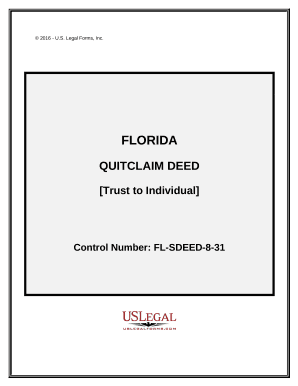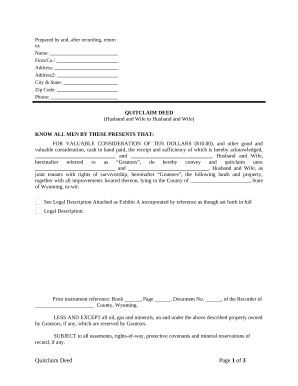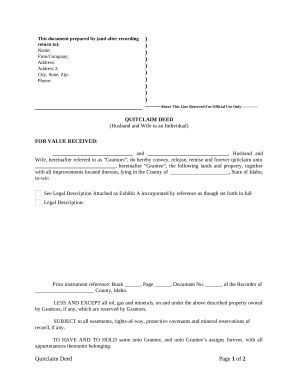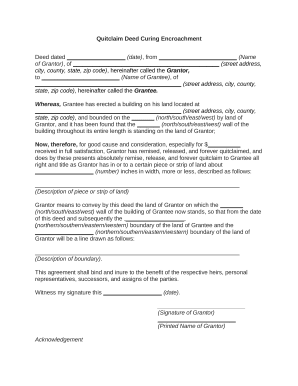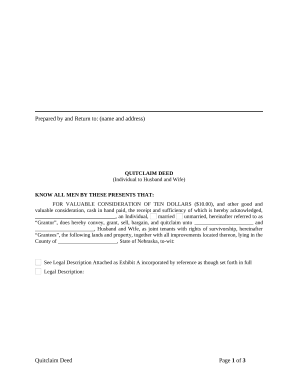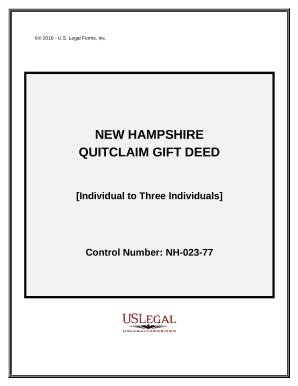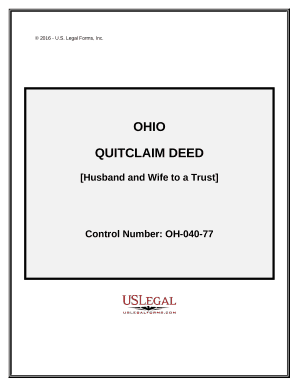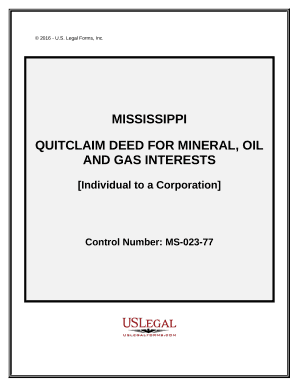Increase your productivity with Understanding Quitclaim Deeds
Document management takes up to half of your office hours. With DocHub, it is easy to reclaim your office time and increase your team's productivity. Get Understanding Quitclaim Deeds category and explore all templates relevant to your day-to-day workflows.
Easily use Understanding Quitclaim Deeds:
- Open Understanding Quitclaim Deeds and employ Preview to obtain the relevant form.
- Click Get Form to start working on it.
- Wait for your form to open in our online editor and begin modifying it.
- Add new fillable fields, icons, and pictures, change pages order, and many more.
- Complete your template or prepare it for other contributors.
- Download or deliver the form by link, email attachment, or invite.
Speed up your day-to-day document management using our Understanding Quitclaim Deeds. Get your free DocHub account today to explore all templates.

